We are always pleased to hear from people around the world about their building projects. I recently received this email, along with several photos:
“Dear Kelly I have seen your inspiring works with earthbags and am happy to inform you that I am also into green building here in Kenya. I have done a demo house using earthbags and will be going for the next level of building as an eco-friendly training school using this method. We would want to include off grid power eventually, but that is for the future. Regards, Barry Kungu”
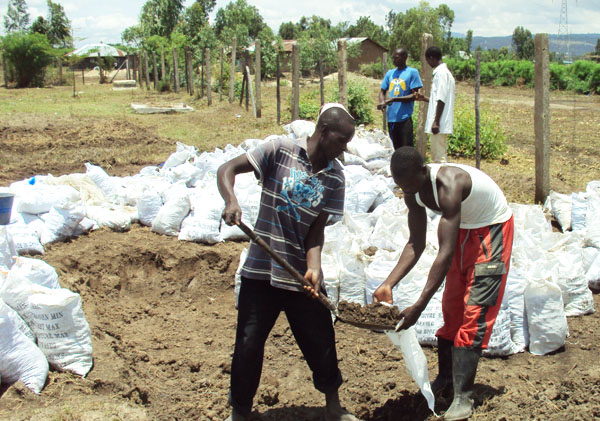
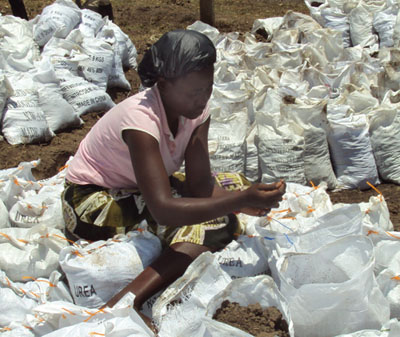
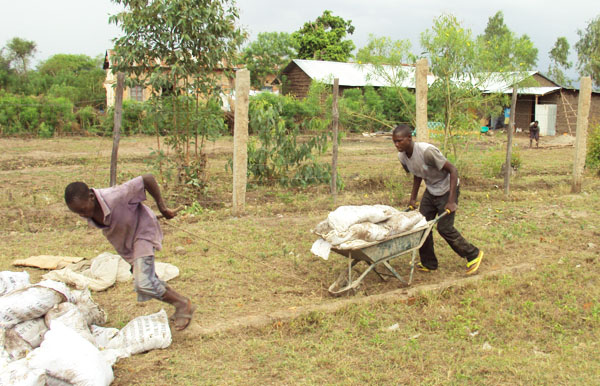
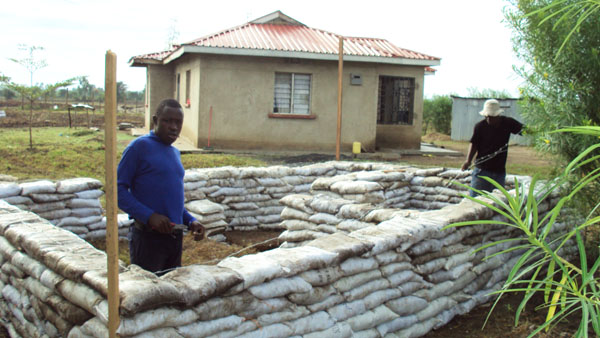

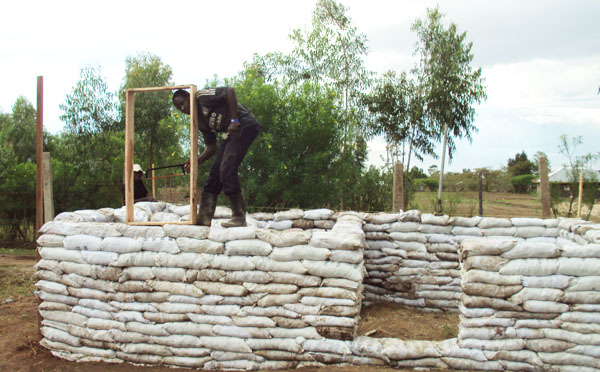
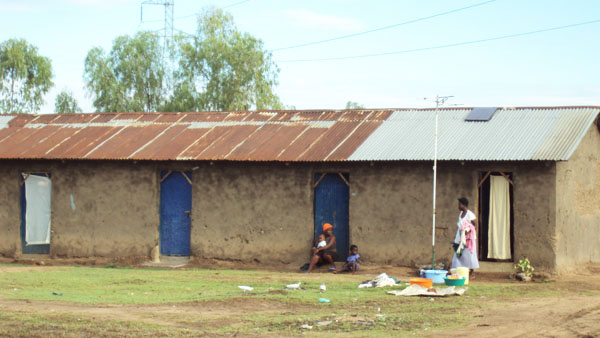

I am interested in this technology. How can i get someone to get it done.
I would like to get the house done probably a two or 3 bedroomed house.
You might try to contact the folks who created the earthbag house shown at https://naturalbuildingblog.siterubix.com/msambweni-earthbag-project/ or at https://naturalbuildingblog.siterubix.com/round-earthbag-village-library/
You may contact me on +254 722 625592. We may proceed from there.
Best regards
Barry
Earthbag building is the most cost effective tropical climate friemdly Concrete. I hope any one who lives in Kenya and appreciate traditional architecture that combines history and modernity and building. I am an earthbag builder and can be reached at dgkungucenter@gmail.com
Hello Kungu approximately how much would it cost?
Thank you so much and I really appreciate it.
This house are outstanding , special and very strong..How long does it take to complete the everything require.This seemed so interesting and how long the house spend standing with any damage. ?
We are moving to the next level after the demo house with an earthbag school shortly
That’s good. Keep us posted. Take lots of photos.
I am planning to build an earth bag house here in Kenya. Could you help me contact Mr. Kungu?
Good work guys,i am doing my final year project on earth bag housing ,focusing on their structural behavior at the University of Nairobi and would very much like to visit the earth bag building site of this project in Kenya,kindly send me the address.
Contact them directly.
Hey Vienna did you ever get an address?
I liked the use of smaller bags filled with earth down on the ground and then placed in position – it sounds a lot more practical than filling them on top of the wall.
However, do you lose stability with the smaller bags? I’m not sure that if I went this direction I wouldn’t want to use much more rebar along the wall.
Standard bags are 18″ wide when empty. That creates 15″ wide earthbag walls after tamping. Tamp the sides of the wall somewhat to even out the irregularities. Add plaster and the finished wall is about 18″.
It’s good to use wider bags for certain applications that have to resist a lot of force such as earth sheltered designs. 24″ wide bags are common for this.
Smaller bags will be less stable, but can still work with sufficient reinforcement. A lot depends on the design. Long straight walls are not as stable as curved walls. Try adding external pinning. Search our blog for this phrase. There’s a detailed explanation in the blog post.
MARVELOUS
Power to the People !
Thanks for sending us information on this project. As well as good photos, it’s always good to hear the final cost, how long it took, over all dimensions, how many workers, etc. These are things everybody wants to know.